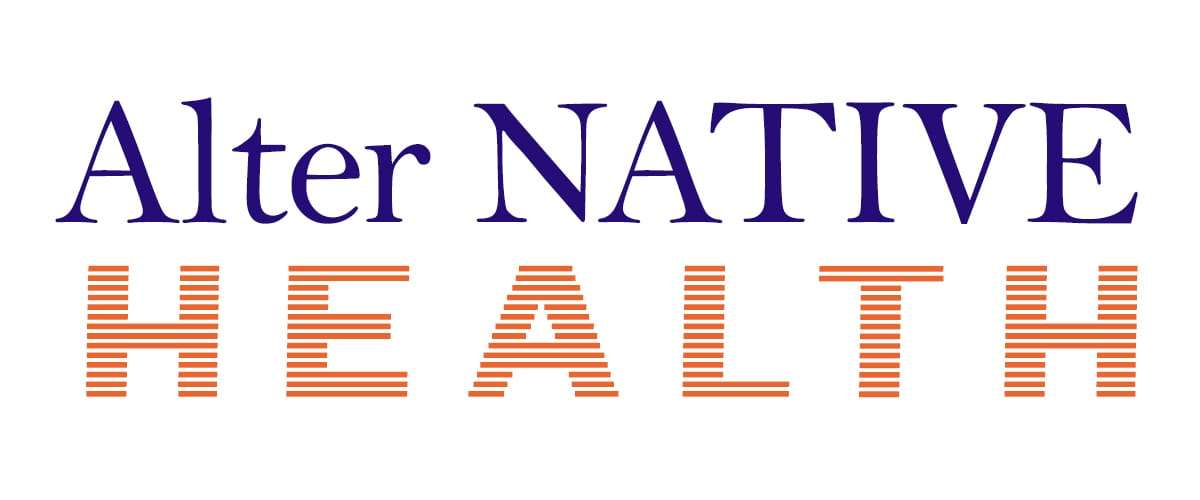Rare Disease Day 2024: Raising Awareness and Understanding the Challenges
Introduction:
Rare Disease Day stands as a beacon of hope and solidarity for millions around the world grappling with conditions that often go unnoticed in mainstream healthcare conversations. As we approach Rare Disease Day 2024, it’s imperative to delve deeper into the significance of this global observance, trace its origins, and shed light on the myriad challenges faced by individuals and families affected by rare diseases. In this extended exploration, we’ll unravel the history of Rare Disease Day, examine its global impact, and delve into the lesser-known rare diseases afflicting individuals in India. Additionally, we’ll explore the role of advocacy, research, and community support in shaping the future landscape of rare disease care.
History and Significance:
Rare Disease Day’s genesis can be traced back to 2008 when EURORDIS, in collaboration with the Council of National Alliances, designated February 29 as a day to raise awareness about rare diseases. The selection of February 29, a date that occurs only during leap years, serves as a poignant reminder of the uniqueness and scarcity of these conditions. Over the years, Rare Disease Day has burgeoned into a global movement, uniting stakeholders from diverse backgrounds in a shared mission to amplify the voices of those affected by rare diseases and advocate for improved access to care and support services.
The significance of Rare Disease Day extends far beyond a mere observance on the calendar. It catalyzes change, igniting conversations, driving policy reform, and fostering collaborations aimed at addressing the unmet needs of the rare disease community. By shining a spotlight on the challenges faced by individuals living with rare diseases and their families, Rare Disease Day galvanizes collective action and underscores the imperative of inclusivity, empathy, and solidarity in healthcare.
Understanding Rare Diseases:
Rare diseases encompass a vast spectrum of conditions, each characterized by its rarity, complexity, and often debilitating effects on physical and emotional well-being. From genetic disorders and neurological conditions to rare cancers and autoimmune diseases, these illnesses pose unique diagnostic and therapeutic challenges, necessitating specialized care and tailored interventions. Despite their rarity, the cumulative impact of rare diseases is staggering, affecting millions of individuals worldwide and exerting a profound socioeconomic burden on affected individuals, families, and healthcare systems.
To illustrate the diversity of rare diseases and their impact on individuals in India, let’s delve into the following examples:
1. Gaucher Disease:
A rare genetic disorder characterized by the deficiency of an enzyme called glucocerebrosidase, leading to the accumulation of certain lipids in the body’s cells and organs.
2. Pompe Disease:
A rare inherited disorder caused by the deficiency of an enzyme called acid alpha-glucosidase (GAA), resulting in the buildup of glycogen in various tissues, particularly muscles and organs.
3. Cystic Fibrosis:
A rare genetic disorder that affects the lungs and digestive system, leading to the production of thick, sticky mucus that can obstruct airways and impair digestion.
4. Huntington’s Disease:
A rare neurodegenerative disorder characterized by progressive motor dysfunction, cognitive decline, and psychiatric symptoms, caused by an abnormal expansion of the huntingtin gene.
5. Ehlers-Danlos Syndrome:
A group of rare connective tissue disorders characterized by joint hypermobility, skin hyperextensibility, and tissue fragility, predisposing affected individuals to joint dislocations, skin tears, and vascular complications.
These examples offer a glimpse into the diverse array of rare diseases affecting individuals in India and underscore the need for increased awareness, early detection, and comprehensive care for those living with these conditions.
Advocacy, Research, and Community Support:
Rare Disease Day serves as a platform for advocacy, research, and community engagement, empowering individuals and organizations to effect positive change in the rare disease landscape. Through targeted advocacy efforts, stakeholders work tirelessly to raise awareness, drive policy reform, and secure funding for rare disease research and innovation. By amplifying the voices of patients, caregivers, and advocates, Rare Disease Day fosters a sense of solidarity and collective action, paving the way for improved access to care, treatment, and support services.
In addition to advocacy, research plays a pivotal role in advancing our understanding of rare diseases and developing novel therapeutic approaches. Collaborative research initiatives, such as international consortia and patient registries, facilitate data sharing, accelerate scientific discovery, and promote the development of targeted therapies for rare diseases. By harnessing the power of interdisciplinary collaboration and cutting-edge technologies, researchers strive to unravel the molecular mechanisms underlying rare diseases and translate scientific insights into tangible benefits for patients.
Community support is another cornerstone of the rare disease movement, providing a lifeline for individuals and families navigating the complexities of rare disease diagnosis, treatment, and management. Patient advocacy organizations, support groups, and online communities offer a sense of belonging, peer support, and access to valuable resources and information. By fostering connections, sharing experiences, and advocating for patient-centered care, these grassroots initiatives empower individuals to navigate their rare disease journey with resilience, dignity, and hope.
Conclusion:
As Rare Disease Day 2024 approaches, let us reaffirm our commitment to the rare disease community and redouble our efforts to raise awareness, drive advocacy, and advance research and innovation. By standing in solidarity with those affected by rare diseases, we can create a more inclusive, compassionate, and equitable world where every individual, regardless of their medical condition, has the opportunity to thrive and live life to the fullest. Together, let us illuminate the path toward a brighter future for all.















